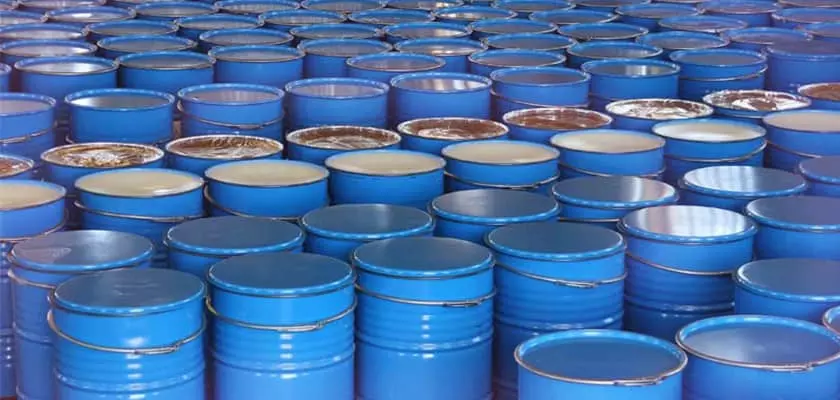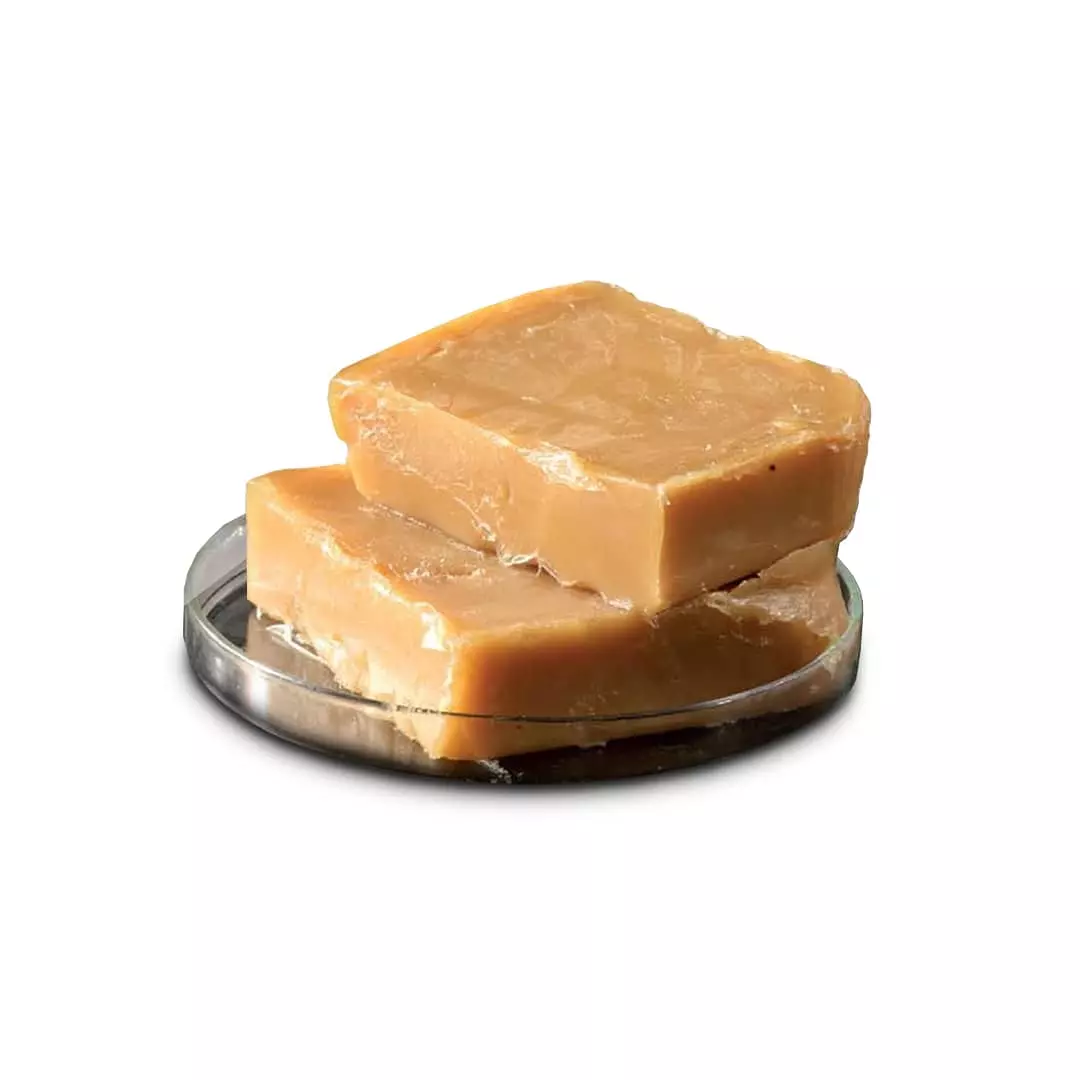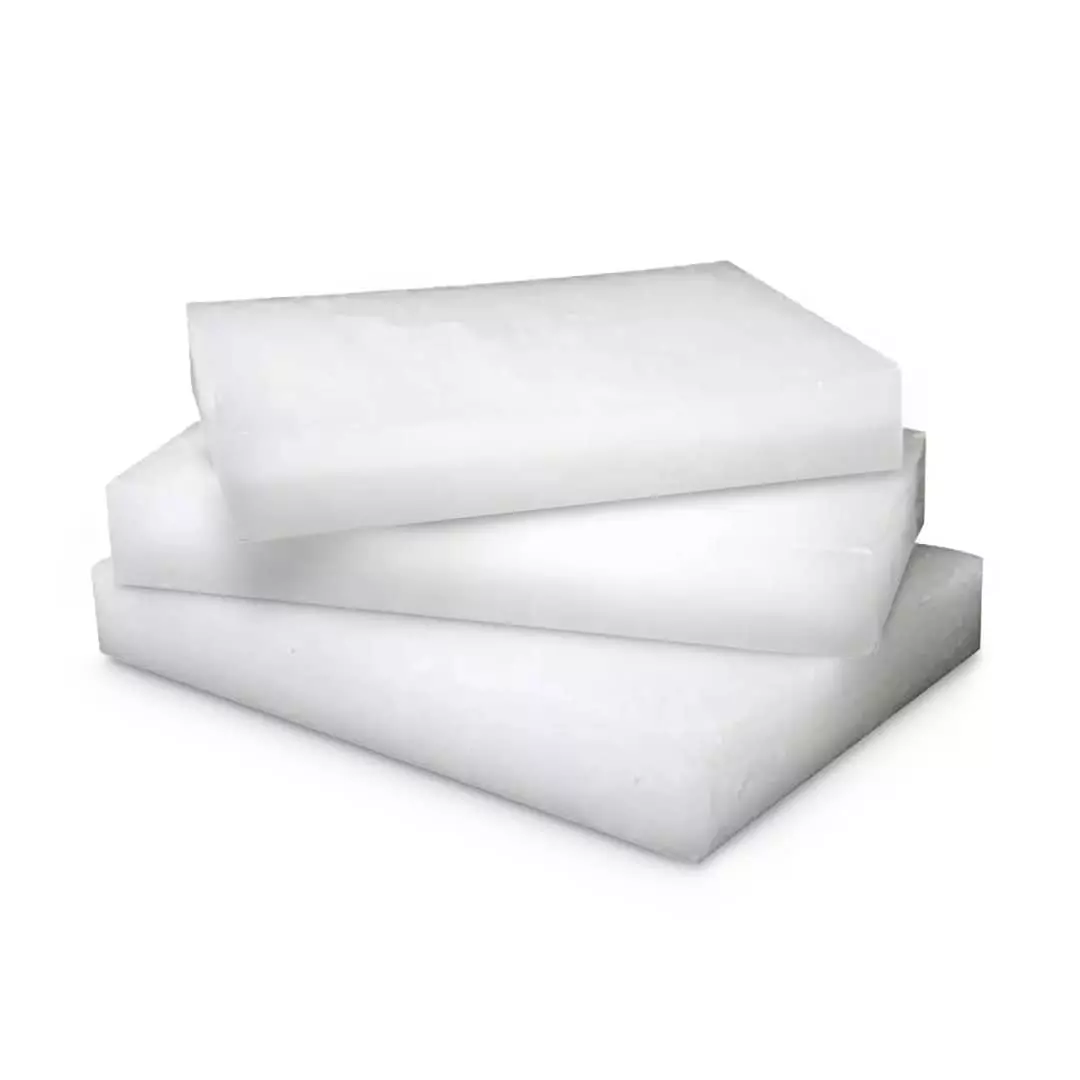Classification of petroleum wax
Crude oil contains petroleum wax, a solid or semi-solid hydrocarbon. The followings are types of waxes available in Iranian wax exporters. Dewaxed fraction of petroleum is produced by dewaxing lubricating-oil fractions. Classification of wax is complicated, but based on some resources, there are five types, which two of them are available at Vira oetroleum, the wax exporter:
Crystalline wax
Refined residual oil or heavy distilled oil separated from vacuum distilled residual wax at ambient temperature is crystalline wax. In distillation, the lubricating fractions result in crystalline wax. Crystalline waxes have a melting point between 120°F and 150°F (48°C and 65°C).
Microcrystalline wax
The oil and solid wax are vacuum distilled, refined at ambient temperature, and then purified. Microcrystalline wax is composed of crude oil residuals. microcrystalline wax has a melting point of 150–175°F (65–79°C)
Petrolatum
Wax extracted and purified from vacuum distillation residues at ambient temperature that is semi-solid at room temperature. A highly purified version is known as Vaseline, which is used in cosmetics and pharmaceuticals. Typical melting points for petrolatum wax range from 150°F to 175°F (65°C to 79°C).
Paraffin wax
Typically, paraffin comes in the solid wax form as a byproduct of oil processing. A common ingredient in cosmetics, paraffin is available in a number of forms. As mineral oils, they are used for beauty creams and lotions, while paraffin wax is used in manicures, pedicures, and cuticle care treatments in beauty salons. The other benefit of paraffin is that it can be used as a soothing medicine for muscle pain and aching joints. It can also increase blood flow and improve joint mobility. As a wax exporter, at Vira Petroleum, we offer high quality wax of paraffin.
Slack wax
Slack waxes are minimally refined high-oil products. Often used “as it is” with relatively high levels of oil content or further refined to produce more refined waxes, lubricating oils are derived from them. There is a wide range of melting points for slack waxes, ranging from 105°F to 150°F, and oil content can be as high as 35%. In addition to wax emulsions, construction boards, matches, candles, and moisture-proofing products, slack wax is also used to manufacture moisture vapor barriers.



